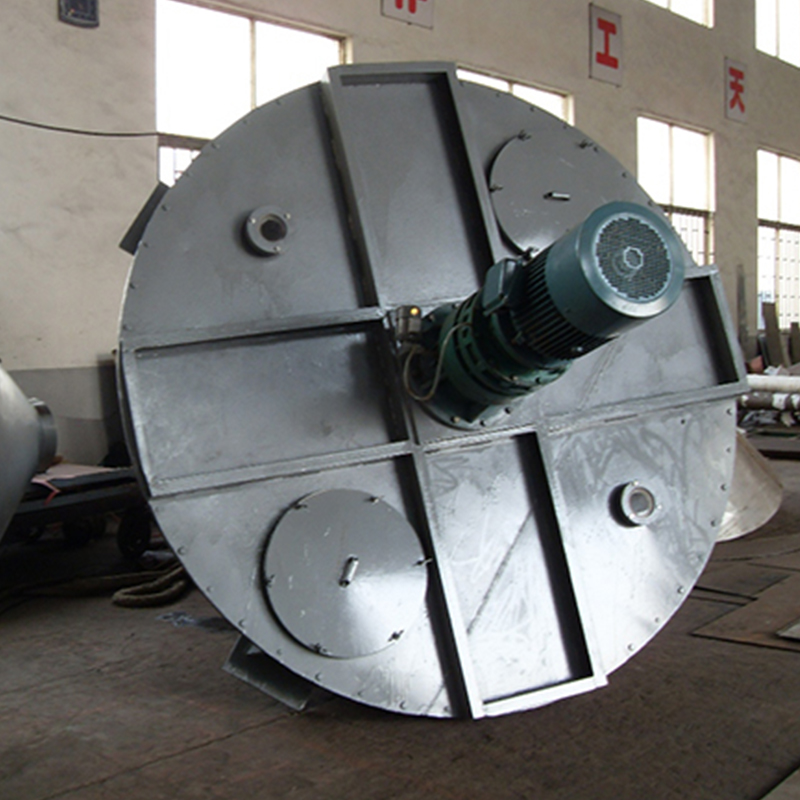The Screw Speed is a Key Factor Affecting Mixing Quality and Efficiency
Impact on Mixing Efficiency
Material Flow Rate: Increasing the screw speed accelerates the flow rate of the material in the mixing chamber, causing the material to pass through the mixing zone more frequently. This shortens the time required for mixing and enhances mixing efficiency.
Mixing Cycle: In a screw mixer, the mixing process is achieved by the rotation of the screw, which lifts, tumbles, and drops the material continuously. The higher the screw speed, the shorter the time it takes for the material to complete one mixing cycle, and the more cycles are completed in a given time, resulting in improved mixing efficiency.
Energy Consumption vs. Efficiency Balance: However, it is important to note that while increasing screw speed can boost mixing efficiency, it also increases energy consumption. Therefore, it is crucial to find a balance between energy consumption and mixing efficiency in practical applications to achieve optimal efficiency while maintaining satisfactory mixing quality.
Impact on Mixing Quality
Mixing Uniformity: An appropriate screw speed helps achieve more uniform mixing of materials in the mixing chamber. If the speed is too low, the materials may not fully contact and mix, leading to decreased uniformity. Conversely, if the speed is too high, although material movement is faster, excessive shear or impact may damage the material's structure or properties, thus affecting the mixing quality.
Material Fragmentation and Particle Size: For certain fragile or fine-grained materials, excessively high screw speed may cause the material to break or reduce in size, affecting the quality and performance of the final product. Therefore, when selecting the screw speed, the physical characteristics of the material and the mixing requirements must be considered.
Temperature Control: The screw's rotation generates some heat during the mixing process. If the screw speed is too high, it may cause the temperature inside the mixing chamber to rise too quickly, which could affect the thermal sensitivity or chemical stability of the material. Hence, attention must be given to temperature control and regulation during the mixing process.

Comprehensive Considerations
Material Characteristics: Different materials have varying adaptability to screw speed. Therefore, when selecting the screw speed, it is necessary to consider the material’s viscosity, particle size, density, and other characteristics comprehensively.
Mixer Design: The design of the mixer also affects the choice of screw speed. Factors such as the shape and size of the mixing chamber, the arrangement of the screws, and the presence of auxiliary mixing devices will influence the material flow and mixing effectiveness.
Process Requirements: The process requirements of the final product are also an important basis for selecting screw speed. For example, products that require high mixing uniformity or precise particle size may necessitate lower screw speeds to ensure mixing quality, whereas products that require rapid mixing to improve production efficiency may require higher screw speeds.



 English
English русский
русский عربى
عربى Türk
Türk




